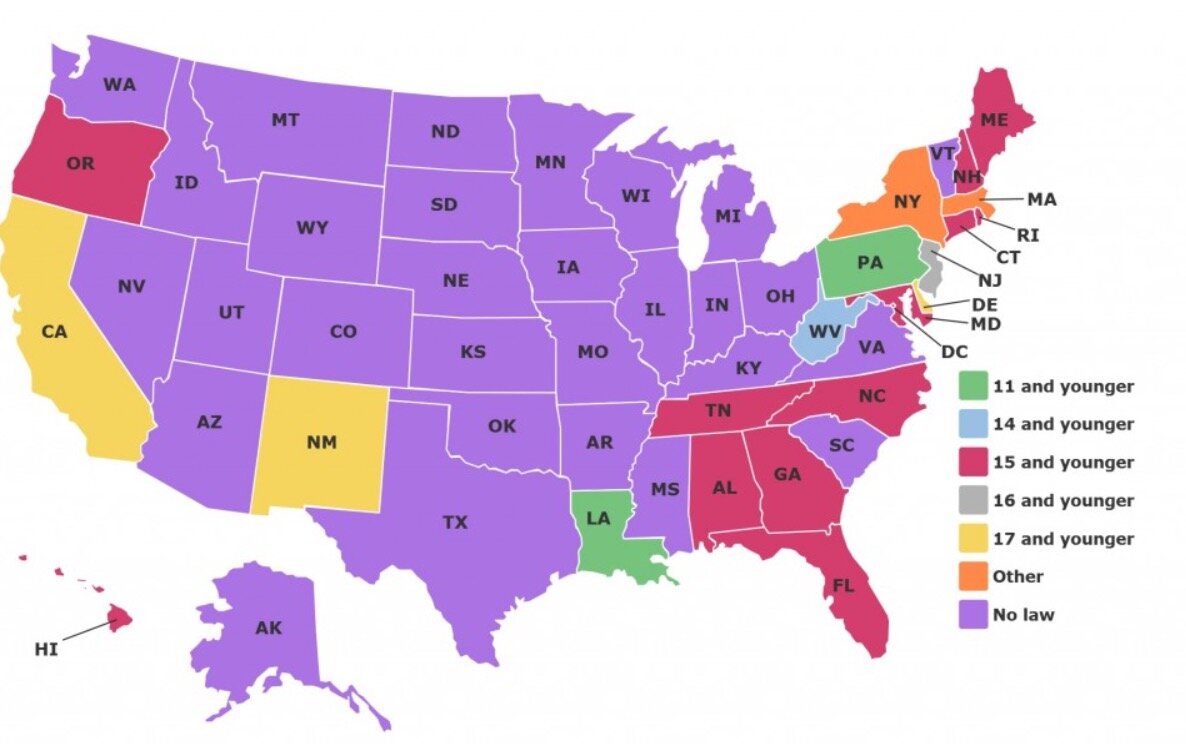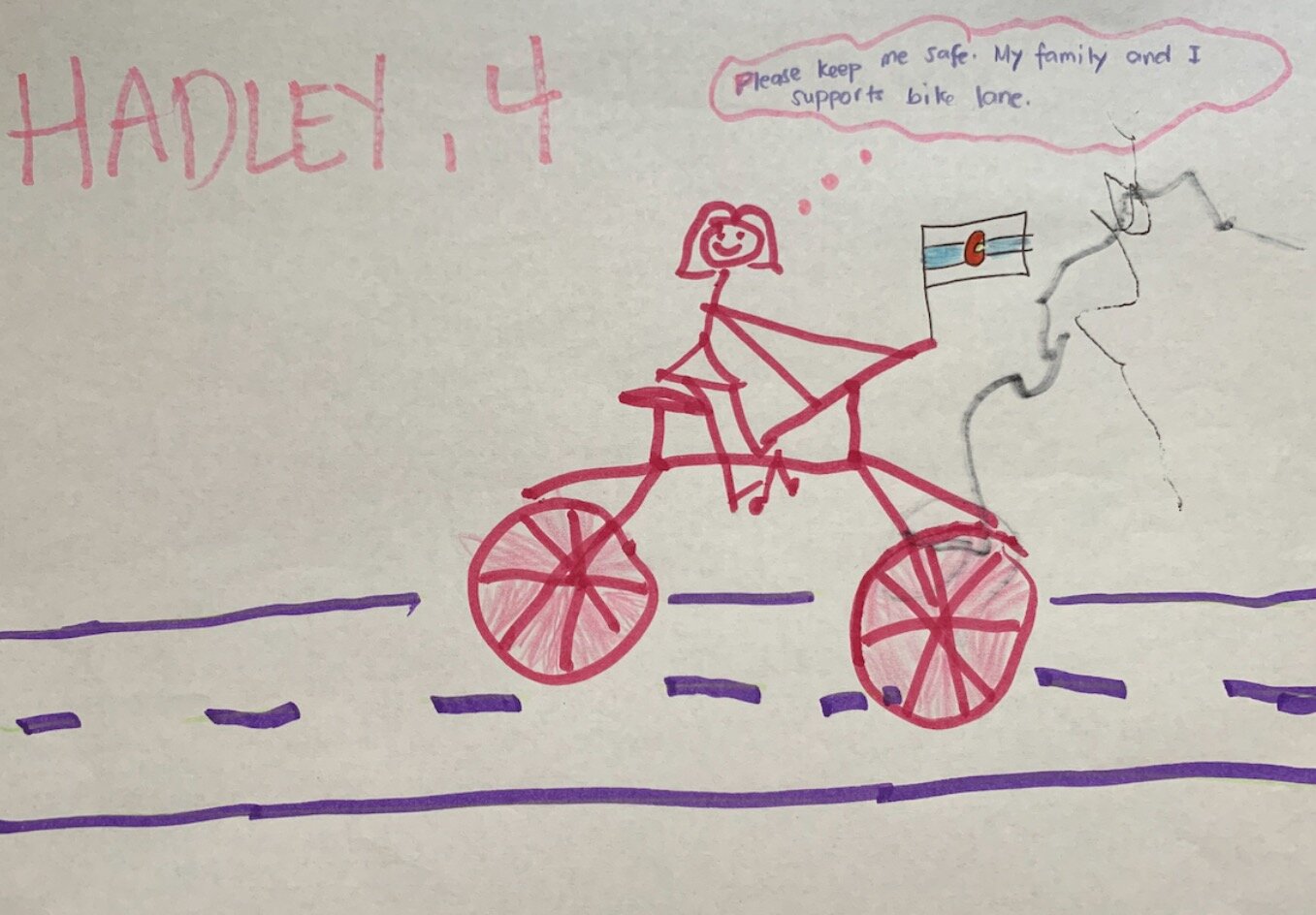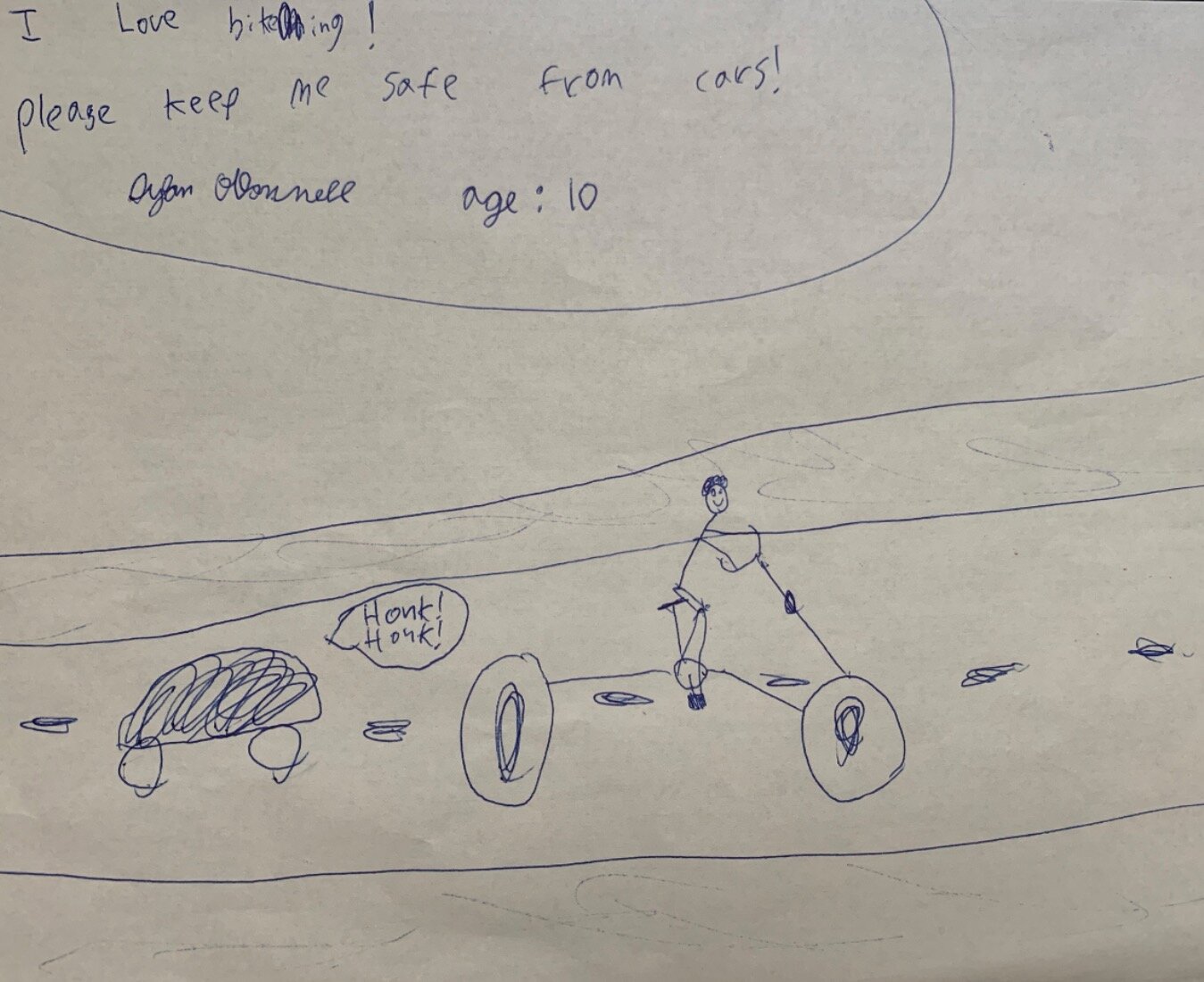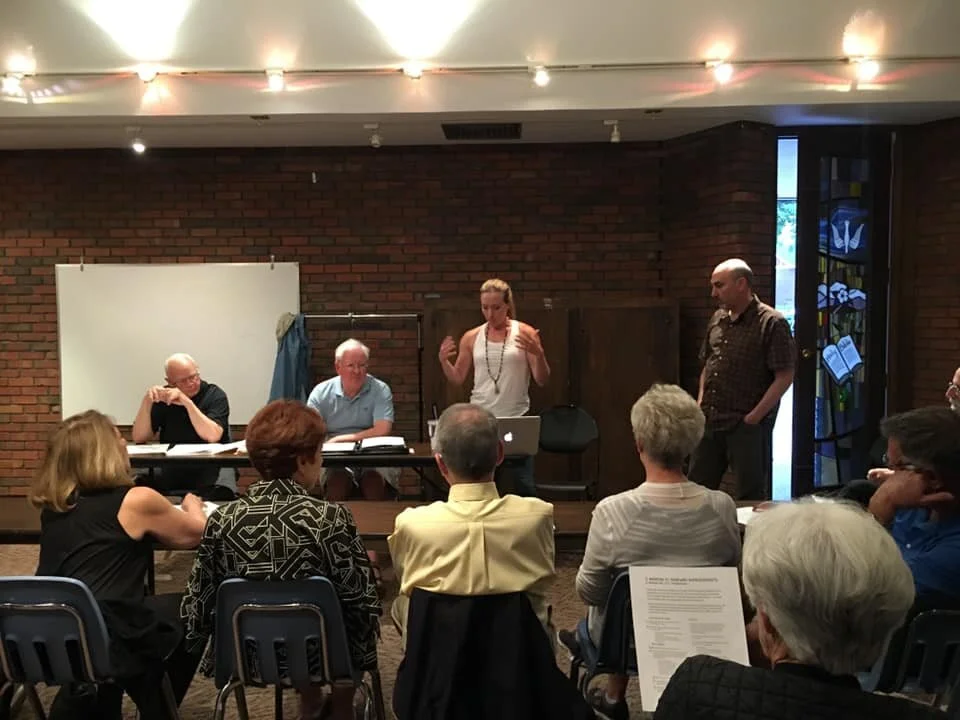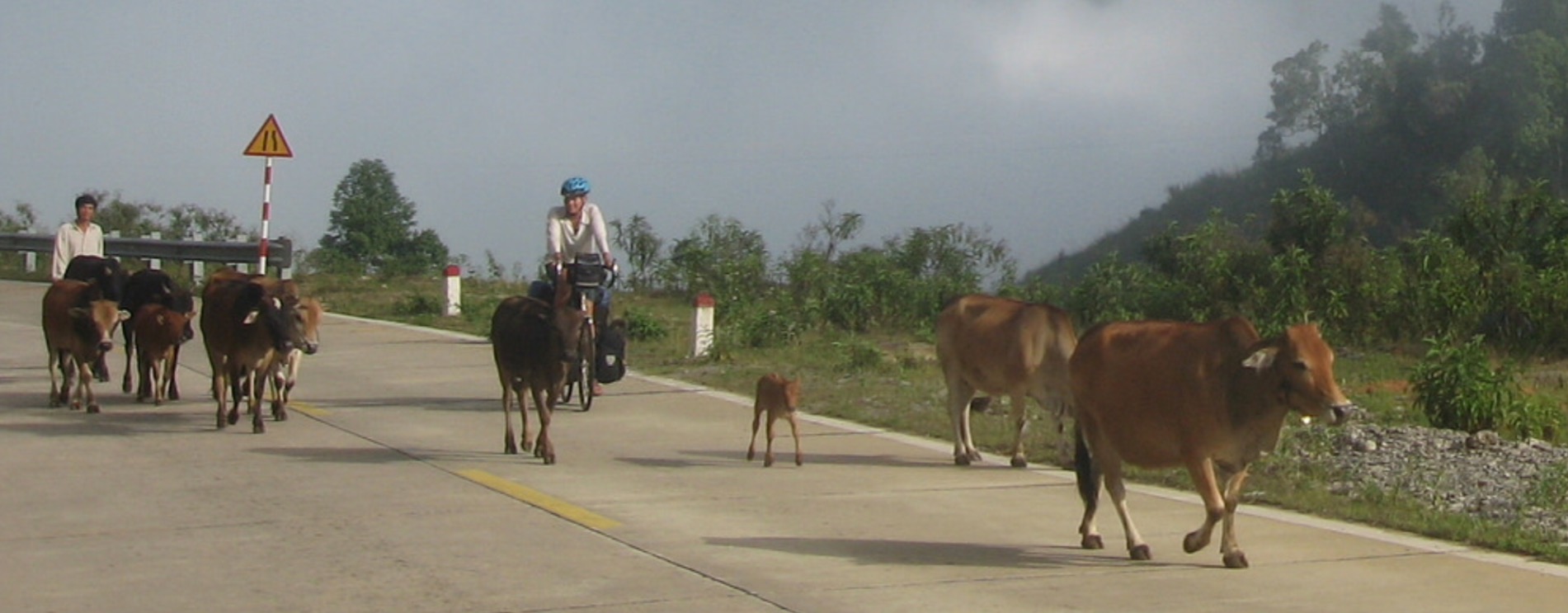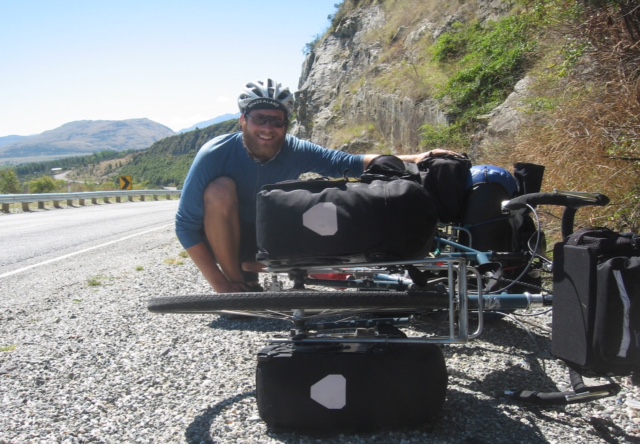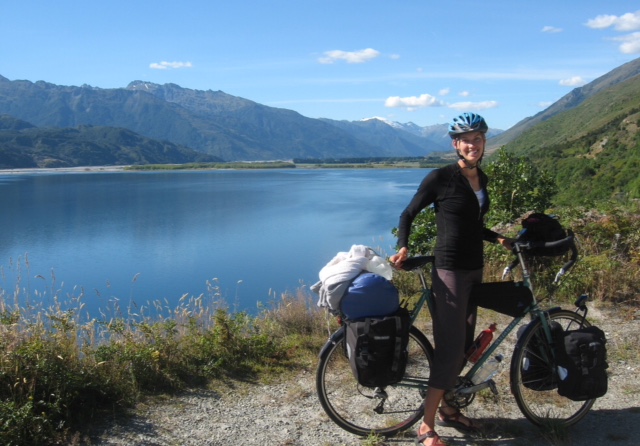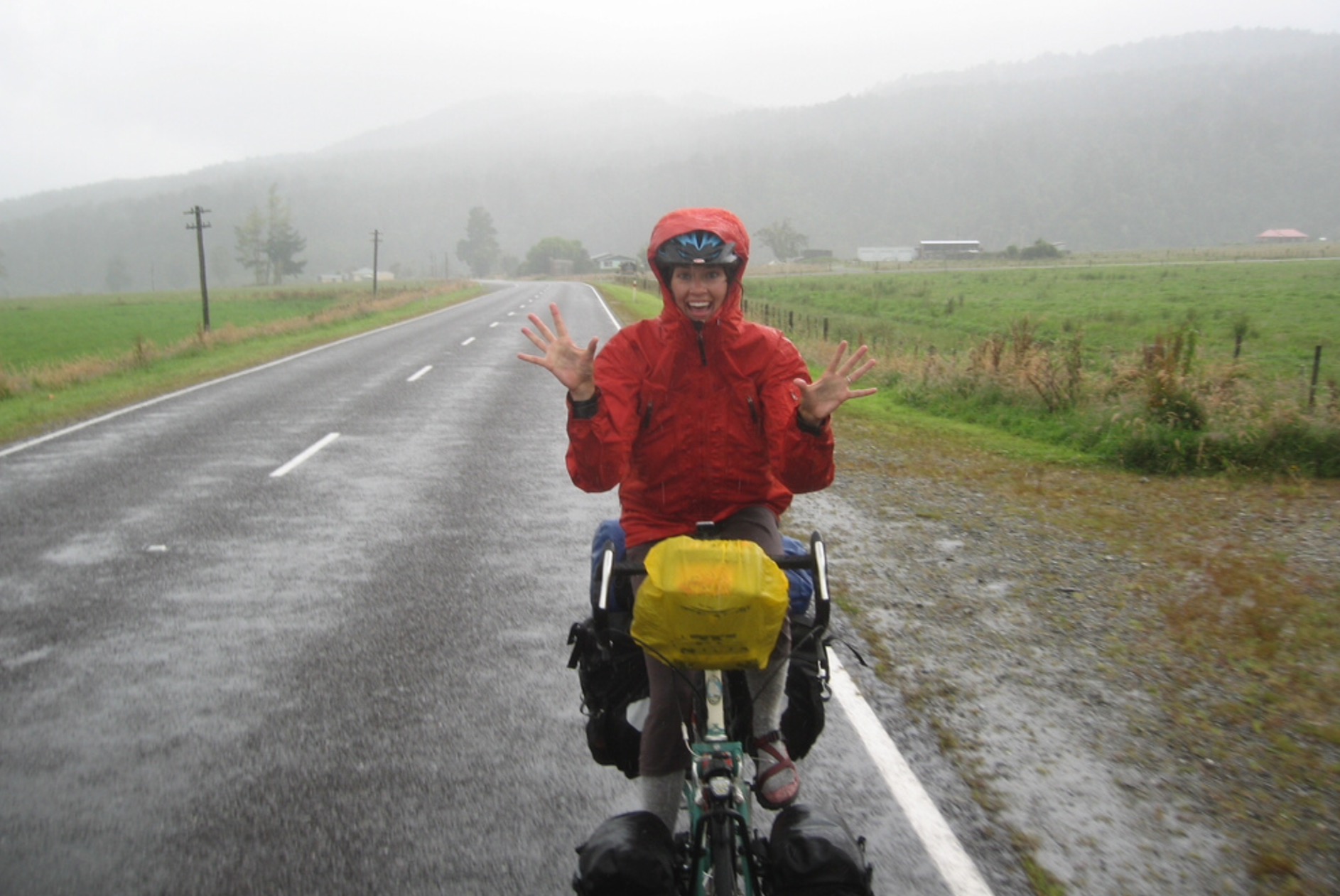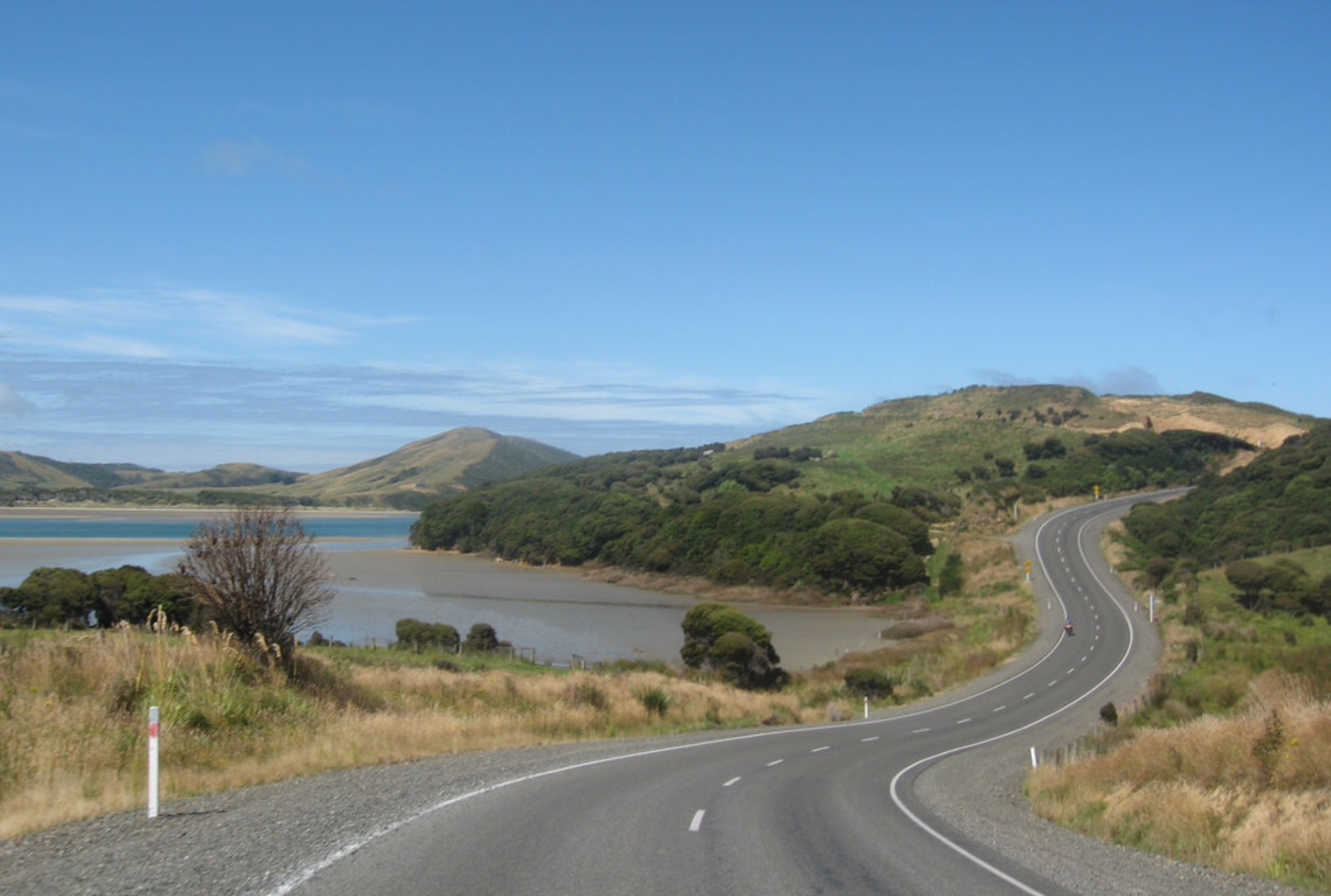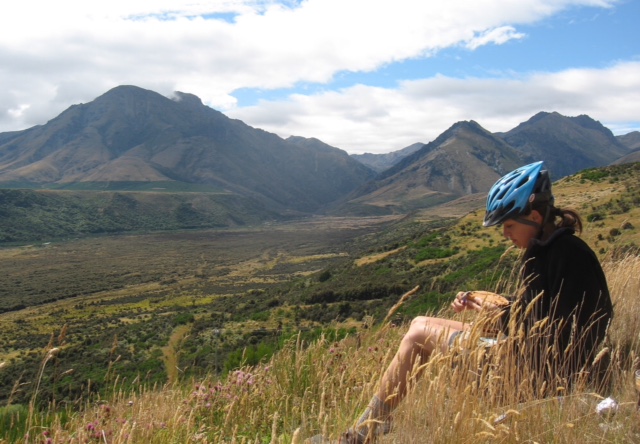A guest post by our Bike Ambassador team member Gerry!
“Gerry, do you like walking on your own or would you prefer a cane, walker, or wheelchair?”
Hi fellow Bike Ambassadors and those who love to ride but might be limited by health issues …
Let me take you way back to when I was 45 years old, circa 1998/99, so you get where I am coming from. I was an avid runner for many years, competing in many races from 5Ks to marathons. I never won a race by coming in 1st, but I won every race because I completed every race I entered. Included in the 10 marathons I ran were two Boston Marathons: 1995 and the 100th running in 1996. My best time was 3:15 which is about 7:20 a mile.
Then my health issues started coming to the forefront of my life, first limited, and then, eventually stopped my life of running. You have to understand, I loved running, and still do, but my body would not allow me to continue without paying the heavy cost of serious injury and possible incapacitation. I had a conversation with my orthopedic surgeon about this, and he said point blank, “Gerry, do you like walking on your own or would you prefer a cane, walker, or wheelchair?” Needless to say, I did not want any of those options at my age or, frankly, ever.
Now fast forward to the year 2000, and I am more or less driving my lovely wife Vera crazy as I whine and complain about not being able to run and continuing to gain weight in a sedentary lifestyle. I toyed with the idea of taking up cycling. (What!? At this point, I hated bikes and their riders), but the thought of continuing to do nothing was worse than the idea of sucking it up and giving it a try.
So, the green light was given (most gladly) for me to go buy a “road bike” of some type. Thankfully, the folks at Louisville Cyclery were so very accommodating and so patient with me as I knew nothing about bikes, let alone road bikes! Do you have any idea what these marvels of technology cost!? A heck of a lot more than several pairs of running shoes and shorts. So, I tried my first road bike out, riding it around the block, and around the block, and around more blocks. Wait, what was happening to me? Was this a smile on my face and tad bit of heart rate going up!?
I bought my first bike: a Schwinn Fastback Pro with more speeds on it than I knew what to use them for. There were three big ring things where the pedals are (yes, I knew zero bike terms) and nine little ones on the rear wheel. Learning how to change speeds with a single click or a swipe, which apparently changes three speeds, was “wow!” So with all this brain twisting tech to learn while riding the bike, there was the whole “CLIPLESS PEDALS” decision to make. Let’s cut this part short; yes I fell over the very first ride going around the block because I did not unclip and forgot all about the angle of attack on a tiny rise in pavement to sidewalk on those damn skinny tires. S l o w m o t i o n... oh damn, did anyone see me?? So, I walked down the sidewalk to the LBS and when reentering, the owner Scott said, “You fell, didn’t you?” Yes, yes I did.
Riding home after getting the right shifter/brake thingy straightened out, I rolled into the driveway, unclipped safely, and parked the bike in the garage. Went in the house and immediately my wife said, " You fell, didn't you?" "What? Did you see me somehow?" Vera replied, "No, there is a hole in those new bike bib shorts, that's how!" Ok, ok, so the entire bike apparel thing is maybe for another blog post, because it's HUGE!
Fast forward to March 2015, I had massive pain in my lower back, could not get off the bike, and could barely walk. Had an MRI on Friday the 14th and, just like that, emergency back surgery Saturday the 15th. Would I ever walk again, dance with my wife again, or even ride again? In time, I recovered, and being in very good shape to begin with was so key to this recovery. Yes, I was riding again but not as well. Jump forward again to December of 2018, I started getting constant pain in my right hip, which was unbearable and unrelenting. As suspected, after decades of my own physical abuse to my body (which every bit of it was worth it) I had a hip that was nothing more than bone on bone. February 14th, 2019 was Happy Valentine’s New Hip Day for me, followed by an amazingly fast recovery and a hip that is so smooth, quiet and, so far, bullet proof. I found that I could ride again but not as well, as fast, as far, or for as long.
Specifically, rides of length and climbing became so very hard but, as you know, I don’t quit, ever. It became rather evident that my drive, ego, need to finish every ride took its toll. After these rides, I would crash on the couch and doze off over and over. This would go on for a day or two. . .sometimes more. Once again, my lovely, amazing wife, Vera, spoke up. “You need to change how you ride so that when you are finished with your ride, you can actually function and do other things that day and the next day. You should look at e-bikes.” Oh no way, as I thought that all e-bikes looked like the bike used in the Wizard of Oz. Enter SPECIALIZED TURBO CREO SL E5.
I came across this bike in my search and was in love because it looked like a road bike, the bikes I love to ride (yeah, I know from the guy who hated bikes), so I had to have one. The order was placed with my LBS Louisville Cyclery, and I waited for the day for my bike to arrive. I cannot tell you how amazing it feels to ride this bike. I can dial in as much assist as I need and even ride in acoustic mode with no motor assist. I can ride just about any type of route now and not be completely exhausted after the ride. Now, YOU might be if you ride with me. . .sorry about that. Riding my e-road bike is a game changer of huge proportions. This will allow me to ride for many more years with those of you I could no longer keep up with, and I thank you for all the years you waited for me and never complained.
Riding an e-bike, however, does have some stigma with it, and as a bike rider and Bike Ambassador, it is my duty and obligation to help educate and show others that these amazing bikes have their place in our cycling world. Just think of all the people who can’t or won’t ride due to health reasons. Those who would never commute to work or for errands etc., because it’s just too far or hard. What a journey this has been for me, and it has not been easy because as you all know “if it’s easy. . .it ain’t worth it. . .it won’t last.” I am learning so much every ride on this bike and also how to react when riding with others on road bikes or whatever bike. Approaching another rider and just blowing by without even an acknowledgement is RUDE and WRONG, not to mention not safe. I always slow down, say hi, maybe strike up a chat if it seems right. This way, we are encouraging positive interactions between all riders. We are promoting the life of cycling in all facets, and this is just one part of it.
My eldest daughter, Kalina, has an e-bike now, and I am so proud of her. She is using her bike for errands and, come spring, will commute to work and back, apparently with some “old guy” on an e-road bike as her commute ambassador.
Come ride with me. Let’s chat, learn a bit about why I ride, and why I love to encourage others to ride. Let’s grow the cycling world together, one rider at a time.
I thank you for your time.
Gerry Stephenson (retired bike guy with a ‘stache)
**Our team bike shop is C3 Bike Shop in Golden, CO. We encourage you to visit and support your local bike shop wherever you ride and live!!
Search our blog posts for other topics using the box below:









